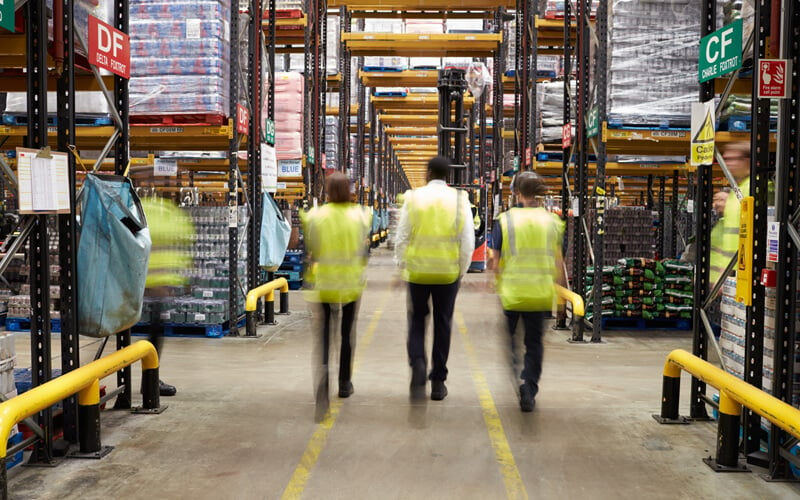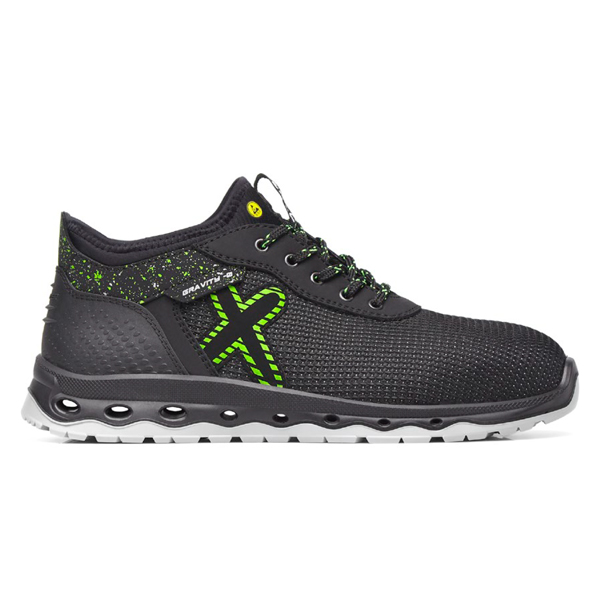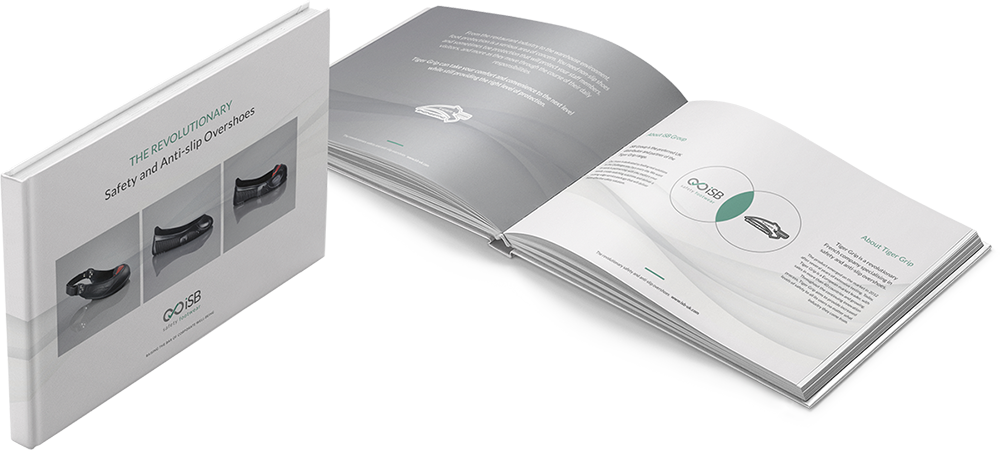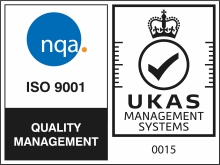
European safety standards have to be adhered to by all companies, but with a wide range of complying, safety footwear available, focusing on comfort and fit are highly important when selecting the most appropriate footwear.
Employees who are comfortable have a better attitude to work which in turn bring a higher level of performance. Many companies also realise the need to focus on their guys’ well-being and comfort as being the main conduit to increased compliance.
At the end of the day, if the guys are happier and consistently safer, companies will be best positioned in their marketplace.
How is comfort achieved?
There is a huge range of safety footwear on the market today and some manufacturers are focusing on finding new ways to increase comfort through quality, make-up, production methods and design. When choosing safety footwear look for styles that are designed to enhance comfort and not just aesthetics.
Being comfortable will make employees happier and more productive. This can be achieved by selecting a limited range of footwear, ideally suited to your workplace environment, tried and tested by employees in your particular industry. will mean your company is contributing to employee well-being.
Tips for Choosing Comfortable Safety Footwear
- Evaluate the weight of the footwear – would you be happy to wear them all day?
- Check out the absorption under the heel. Some soles have little ‘give’ resulting in the ‘concrete block experience’ after a short time.
- How flexible are they? This is handy if you have to walk anywhere!
- Choose a shoe or boot that leaves your toes some extra width – our feet spread throughout the day.
- Are they metal-free? This will considerably reduce the weight and improve balance.
- Check the fit around the heel—it should feel snug and secure once the boot is pulled on or laced.
Toecap influencing comfort
Unlike composite, steel toecaps (and midsoles) conduct both cold and heat. This means that these steel components will retain the ambient temperature, whether in summer or winter, emphasising the effect of the outside temperature on the wearer’s feet.
Slips and trips
Slip resistance in most industries is arguably one of the most important features to consider when purchasing safety footwear. Compound of sole materials and tread design are the key to a slip-resistant outsole.
Many footwear styles are rated at SRC these days; however it is important to trial the footwear or ask for the test results. It is also important to understand this data in relation to your own application; e.g. the requirements for an industrial kitchen are very different to a civil engineer working outdoors!
And don’t forget: Safety Footwear is the only PPE that is being used in anger all the time it is being worn. (Except when you’re having a nap at lunchtime!)
In conclusion
It could be said that the most important feature of safety footwear is comfort; uncomfortable footwear will hold you back and be a hindrance to your job.
- Analyse your working environment, what protection levels are needed?
- Get in touch with a safety footwear specialist.
- Trial footwear to ensure suitability if unsure.
- Decide on a bespoke range so you know the guys will be happy.
- Take the opportunity to increase staff well-being at your company
You Might Like...
 1
1
Gravity Jupiter Safety Trainers- E3200
Ultra resistant textile TECNO-TEXT upper
 2
2
Gravity Jupiter Safety Trainers- E3200
Ultra resistant textile TECNO-TEXT upper
 3
3
Gravity Jupiter Safety Trainers- E3200
Ultra resistant textile TECNO-TEXT upper
 4
4
Gravity Jupiter Safety Trainers- E3200
Ultra resistant textile TECNO-TEXT upper

















